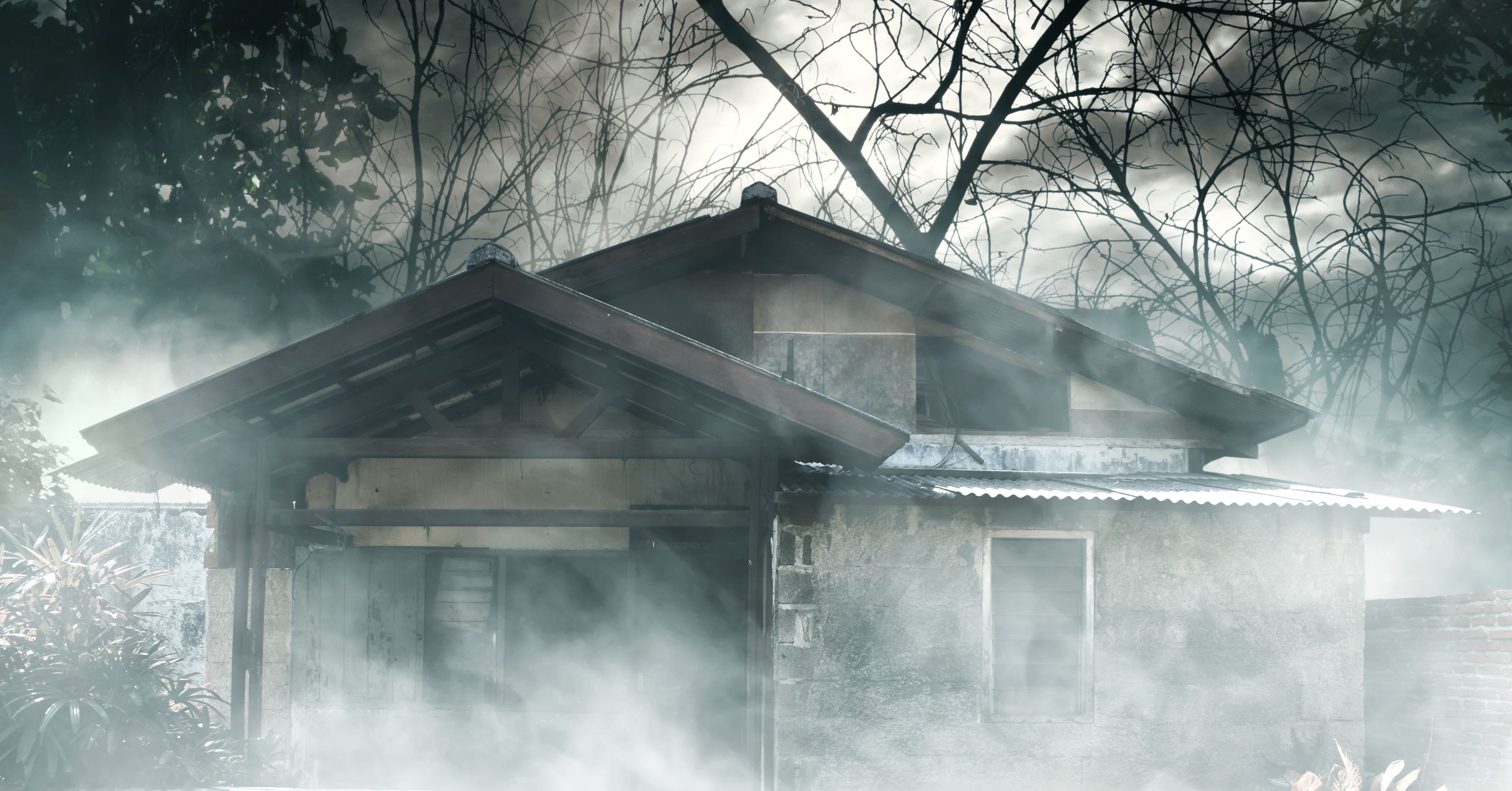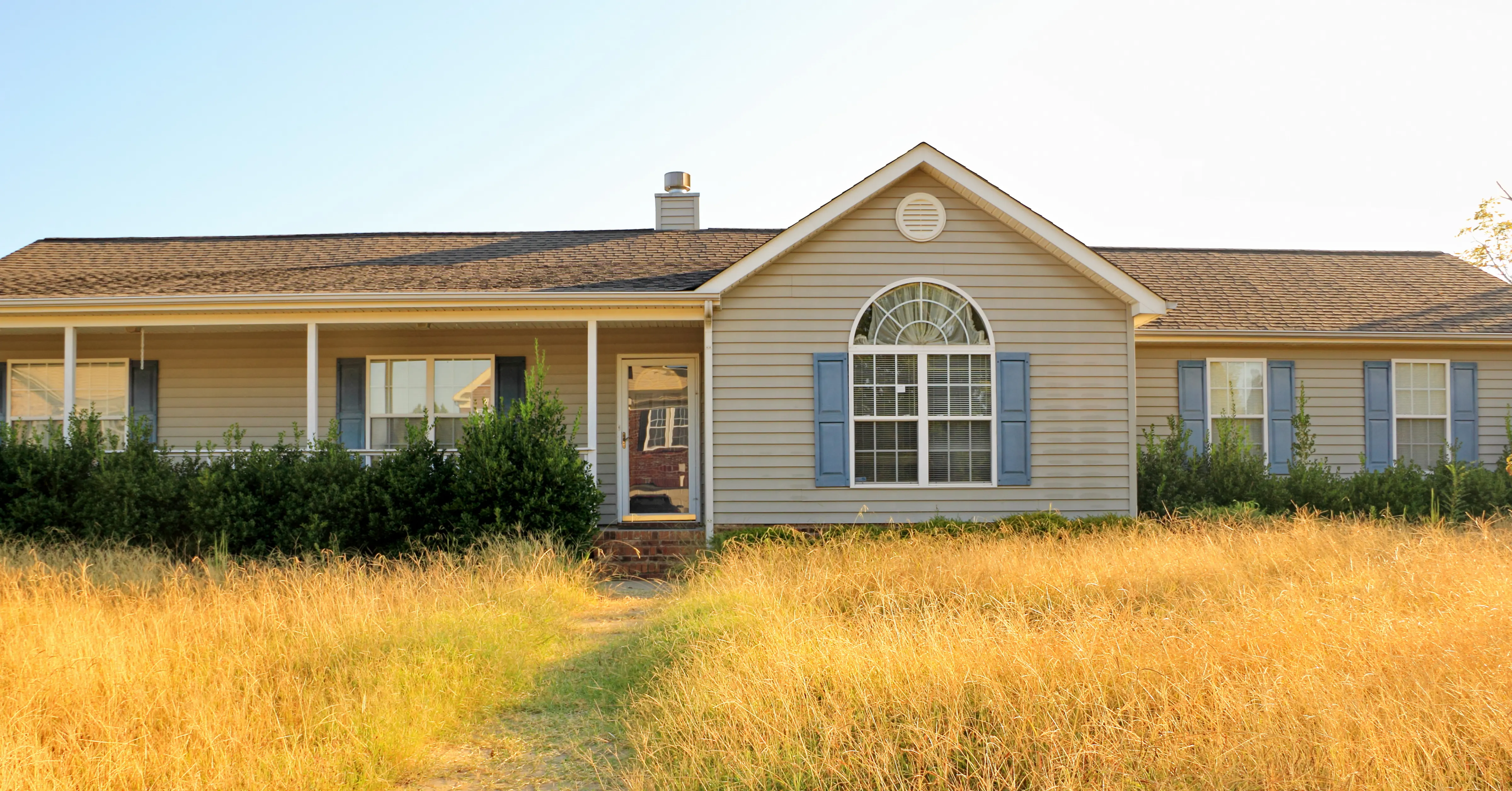It may sound like a term for a haunted house or an old ghostly mansion, but zombie properties aren't as scary as the name implies. Just in time for the spooky season, let's unbox (or dig up) why zombie properties are attractive options for real estate investors and how to differentiate between opportunities for profit and those deals that might just be walking dead.
What Is a Zombie Property?
Zombie properties (often known as zombie foreclosures) are those homes whose titles remain with a homeowner. However, that person has already moved out, expecting the bank to follow through with the foreclosure process.
When a foreclosure doesn't happen, or ownership is never officially transferred, these properties become "zombies" and can sometimes be picked up by investors at attractive prices.
The number of available zombie properties has increased in recent months, but they still represent a small percentage of foreclosure homes. According to ATTOM's latest data, the 7,961 zombie foreclosure properties only represent one out of every 12,500 homes — a small fraction of the 99.4 million residential properties in the U.S.
The Midwest and South are currently where you can find most of these "undead" properties. The top five markets (according to the ATTOM study) are:
- Kansas: 15%, or 1 in 7 foreclosures
- Missouri: 11.2%, or 1 in 9 foreclosures
- Georgia: 11%, or 1 in 9 foreclosures
- Kentucky: 10.7%, or 1 in 9 foreclosures
- Tennessee: 10.3%, or 1 in 10 foreclosures
Other markets where "zombie opportunities" exist are:
- New York: 2,136 properties
- Florida: 1,028 properties
- Illinois: 971 properties
- Ohio: 887 properties
- New Jersey: 356 properties
Looking to tap into one of these markets? The key to zombie investing is knowing how to buy these properties without glitches along the way.
How to Find Zombie Properties
Investors use technology-based systems to identify all types of distressed homes — also sometimes called "shadow inventory." Establishing strong relationships with local lending institutions can be a great way to get notified of property status. Property management companies and local authorities can also be a good source of data.
Many investors choose these homes because they present opportunities for flipping. But, as with all distressed properties, be sure you've factored in renovation and repair costs before you jump at what seems to be a bargain. When homeowners are financially challenged, they typically do not spend on home repairs and improvements. That means that the costs of getting a property into a condition where it can be sold or rented can be higher than average.
Many zombie foreclosures are also in low-income neighborhoods, so investors need to be patient and deliberate to see a return on their investments.
Beware Zombie Pitfalls
If you plan to buy a zombie property, do your homework regarding any owed taxes or homeowner association dues. Engage a real estate attorney who has experience with zombie foreclosures.
Speeding up the foreclosure process is one way some communities and real estate professionals are looking to cut back on the number of zombies. Unoccupied homes and those in disrepair hurt home values in neighborhoods. But in the interim, they can be viable options for savvy investors.
As with all investments, use all available and current data to understand specific neighborhoods and property values. If you're a careful investor, the zombies just might prove friendlier than you think.


